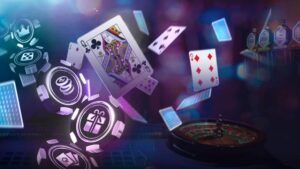
Links are everywhere on the web, enabling users to navigate between web pages. A link contains the address of a particular resource, referred to as a URL. When a user clicks on a link, he or she will be taken to that resource’s content. A link can be a text element or an image. It refers to another website or media by its href attribute. Regardless of the destination, a hyperlink sends a user to a specific page or URL.
A URL is a name given to a piece of web content. It helps to make links manageable. It also helps to receive traffic from other websites. The dynamic data structure of a URL makes it a popular choice for web authors. A link can also be transferred to other social media services, such as Twitter or Facebook. To avoid duplicate content, use a URL for your landing page or each product on your site. Once the link is set up, you can test the URL to see if it is valid.
To test the link’s validity, check the attributes it has. The sizes attribute specifies the size of the icon. The type attribute indicates the MIME type of the resource. The rel=”preload” attribute indicates that the browser should preload the resource. The as attribute indicates that a specific class of content should be served, while the crossorigin tag tells the browser to fetch the resource through a CORS request. A help hyperlink is a hyperlink that leads to further information.
When a user clicks on a product on a webpage, they are sent to a landing page on the seller’s website. The URL of this page must be set in a link attribute. The landing page URL must be unique for all products, including products sold through Buy on Google. For products sold on Buy on Google, the URL should be unique for each product. When creating a URL, make sure to follow the formatting guidelines outlined in the Content API for Shopping. If your data does not meet the standards, it may be disapproved.
A link is a way to navigate between web pages. The link element enables a user to navigate between pages with ease. It provides an easy-to-navigate interface to a website. For example, a website may have a menu that contains links. A user can easily navigate from one page to another by clicking on a link. A navigation bar is a great feature for making links. The navigation bar of a webpage is a central part of the website, so a menu of menus is often included.
A link is a physical connection between two points. The link defines the relationship between a document and an external resource. Typically, it refers to a stylesheet. However, the link is also used to establish a site icon. A hyperlink can specify the type of icon that it uses. By default, a link is used to connect a page to another. A single URL will not have a hyperlink. In some cases, a single URL can serve as a URL.




